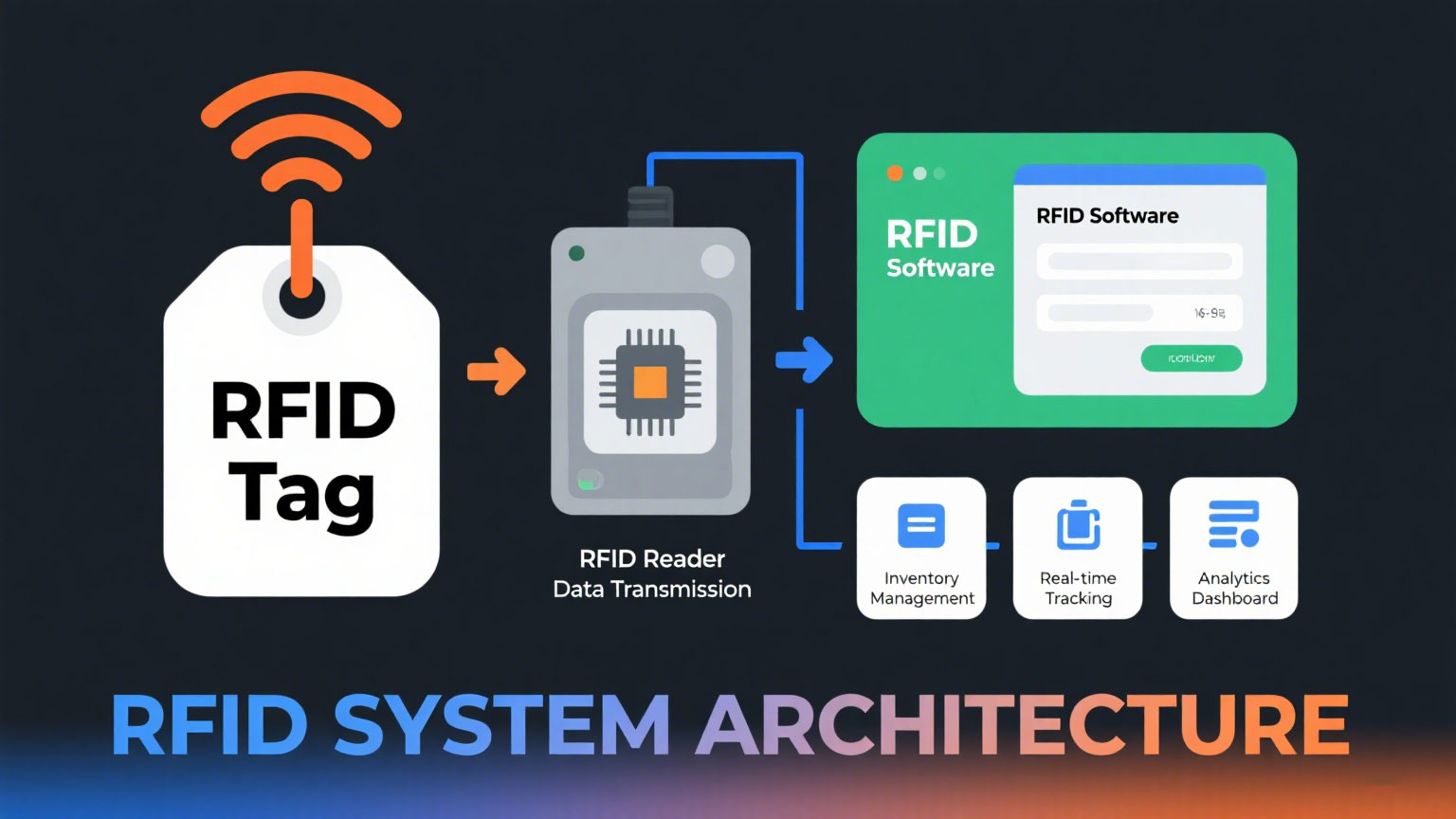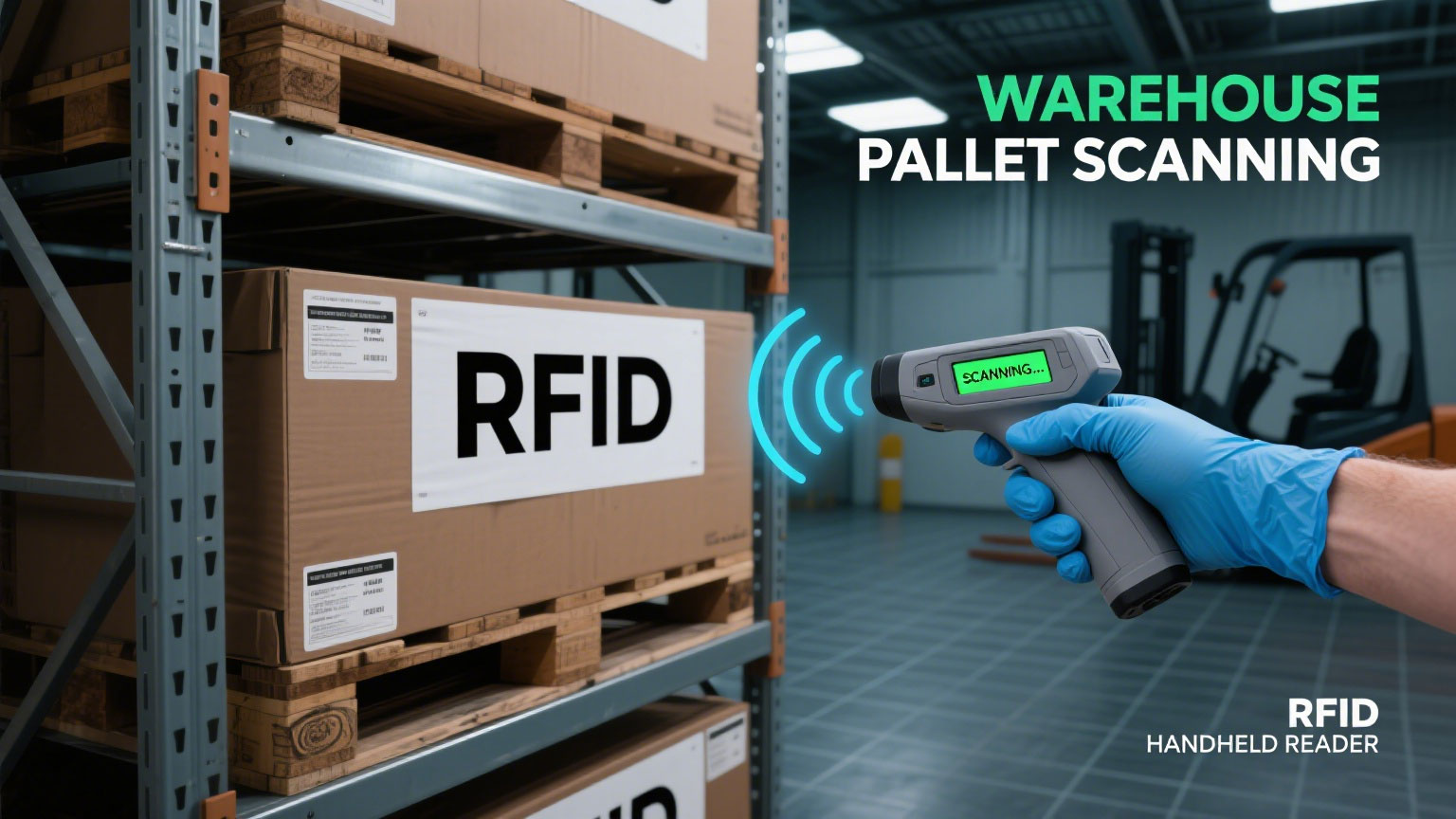RFID Reader and Antenna: Why Your Setup Probably Sucks
227RFID reader and antenna combos tested: See why 68% underperform. Real interference fixes, range tests, and how Cykeo survives warehouse hell.
MoreAll RFID Product
And why warehouses, hospitals, and retailers swear by it.
An RFID inventory system is your silent efficiency partner:

⚡ Real-world magic: Cykeo’s users scan *200+ boxes per second* through warehouse walls.
| Factor | Barcode | RFID Inventory System |
|---|---|---|
| Scan Speed | 1-2 items/sec | 100+ items/sec |
| Visibility | Must see each label | Reads through boxes/walls |
| Labor | Staff scans manually | Zero human scanning |
| Accuracy | 95-98% | 99.9%+ |
| Cost/Item | $0.01 (label) | $0.10-$0.50 (tag) |
Bottom line: RFID costs more upfront but slashes labor/time waste.
🏥 Hospital example: ERs use RFID to locate crash carts in <60 seconds.

But ROI comes fast: Most clients break even in <12 months via labor savings.
RFID reader and antenna combos tested: See why 68% underperform. Real interference fixes, range tests, and how Cykeo survives warehouse hell.
MoreDiscover Cykeo’s handheld RFID reader costs for budget and premium models. Compare features, prices, and use cases for retail, logistics, and industrial automation.
MoreIn industries like logistics, warehousing, and retail, traditional identification processes often face challenges, such as inefficiency, high error rates, and complex operations. As businesses scale, these limitations become increasingly...
MoreIntroduction In today’s fast-paced technological era, every aspect of life is undergoing unprecedented transformation. At the forefront of this revolution, Sco Information is leading the charge in redefining smart storage solutions with i...
More